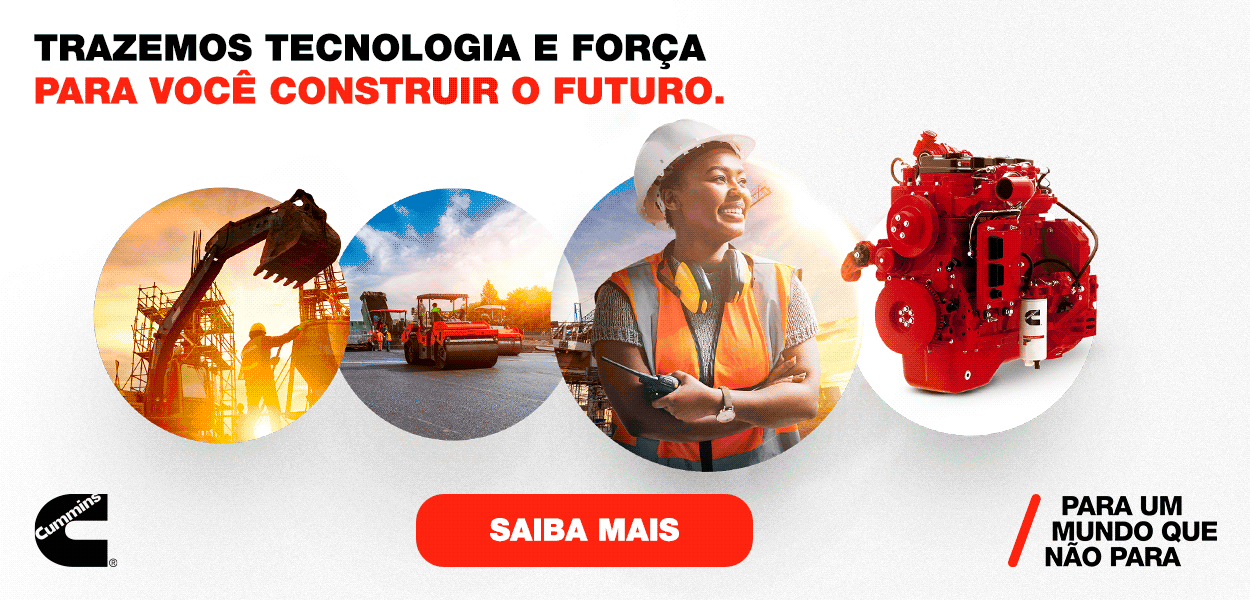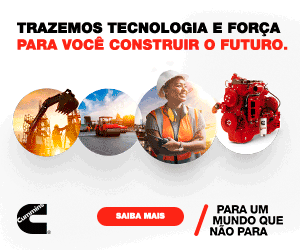The flavor of the month
After the end of the PSI/Finame and the increase of bank restrictions imposed to the market, consortium mode gains strength as a way of encouragement to the planned renovation of fleets
In the current economic scenario, the end of the PSI (Program for Investment Sustaining)—the most spread mode of credit from Finame/BNDES to finance trucks, machines and equipment—is shaking the Brazilian market of capital goods. One of its immediate effects was the full-power return of the consortium (most used mode of credit in the eighties), which became a card hidden up in the sleeve of people who sell and buy these products.
According to one of the more recent bulletins of the Associação Brasileira de Administradoras de Consórcios (Brazilian Association of Consortium Managers - ABAC), sales of new quotas for consortium of heavy vehicles increased 34.6 percent, jumping from 2,600 (in January) to 3,500 (in April) just in the first four-month period of 2016. According to the calculations of the entity, the activity of agribusiness—one of the areas with highest demand of equipment—had 69,500 associates one year ago. Currently, they are 81,000. “In addition to tractors, awarded people bought vehicles and attachments for road construction and agriculture (39.9 percent), as well as backhoes (26.8 percent), harvesters (22 percent) and self-propelled growers (11.3 percent)”, details Paulo Rossi, president of the entity.
In his point of view, indicators show a gradual and consolidated change in the behavior of consumers who are interested in buying these goods using this mode. “Being a planned and economic alternative, this mechanism favors the purchasing of equipment with more on-board technology which will ensure better results”, points Rossi, saying also that every people are paying attention to the business retaking. Another entity that emphasizes the perception of this movement in the market is ANEF, association which represents manufacturers’ financial companies. A recent survey carried out by this entity shows that between January and May 64 percent of financial operations for sale of heavy vehicles were carried out through Finame, 17 percent using CDC (Direct Credit for the Consumer), 2 percent using consortiums and one percent using leasing. “Our reading is that in several times the consortium was used by people who did not have access to the PSI”, says Gilson Carvalho, president of ANEF, remembering that Finame represented more than 70 percent of operations carried out in the market. “Options of financing, of working capital and others to buy equipment increased due to the value of the quota.”
EXAGGERATION
For many people, the financing policy of BNDES was an exaggerated dose that helped to inflate market numbers. But we have to go back in time to better understand the context. The Programa de Sustentação do Investimento (PSI – Program for Investment Sustaining) was created in 2009 as a product cheaper than Finame for financing capital goods, including trucks and heavy equipment. Created to unlock credit after the financial crisis of 2008, this measure allowed the financing of machines, trucks, buses and agriculture equipment. The buyer had up to eight years to pay the vehicles with interest rates that varied between 10 percent and unbelievable 2.5 percent per year. In many occasions it allowed financing of up to 100 percent of the asset value.
Obviously all this was only possible at expenses of the National Treasury which contributed with part of the R$ 455 billion injected in the BNDES to cover the huge difference between the PSI and the real rates of fundraising, beside the “irresponsibility” of those who did not took care with the future of the industry and helped to cause the “fiscal shortfall” that practically ended Dilma Rousseff’s government.
The consequences of this supply of cheap credit leaded the industry of trucks and buses, for example, to the licensing of approximately 180,000 units, with new brands interested in biting its slice of this cake. Coming back to the bare reality, the market will not be above the 66,000 units sold this year.
Among other effects, such harmful combination increased bank defaults and the indebtedness level of businessmen. In addition, yards were packed by unsold vehicles and heavy machines. And this may worsen: as result of this harmful composition, the industry does not stop labor dismissal, idleness is reaching 60 to 70 percent in assembly lines and the lack of government resources forced the program to be closed. “Yearly renewal of PSI/Finame encouraged new acquisitions and fleet updating, mainly of large and medium companies that had “bullet in the chamber” and pre-approved lines of credit”, remembers Orlando Merluzzi, president of MA8 Consulting, which is working in the automotive industry during the last 30 years. “Many businessmen also bought equipment they did not need, just to take advantage of the interest rates of the PSI (2.5% a 7%).”

Av. Francisco Matarazzo, 404 Cj. 701/703 Água Branca - CEP 05001-000 São Paulo/SP
Telefone (11) 3662-4159
© Sobratema. A reprodução do conteúdo total ou parcial é autorizada, desde que citada a fonte. Política de privacidade














